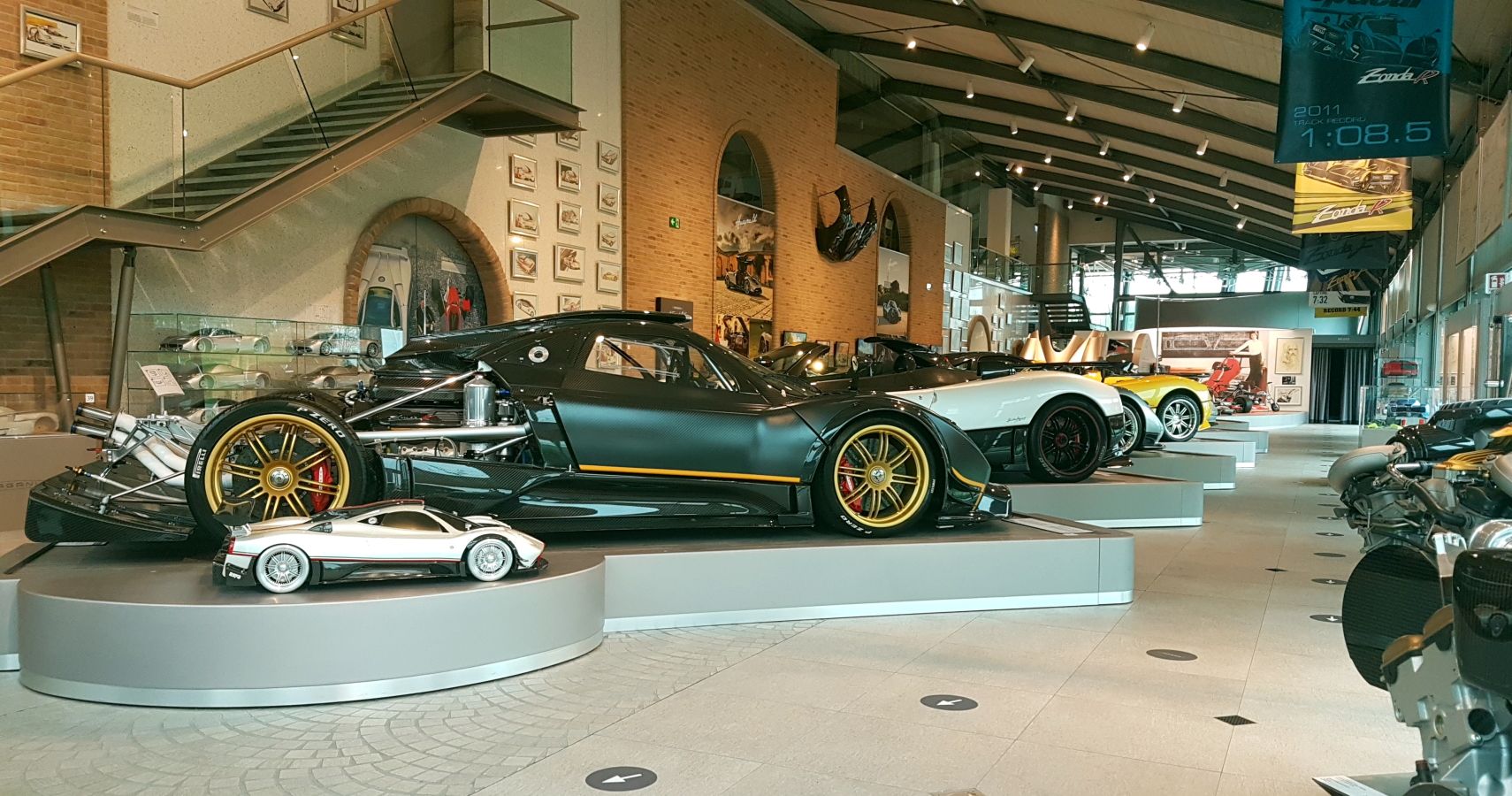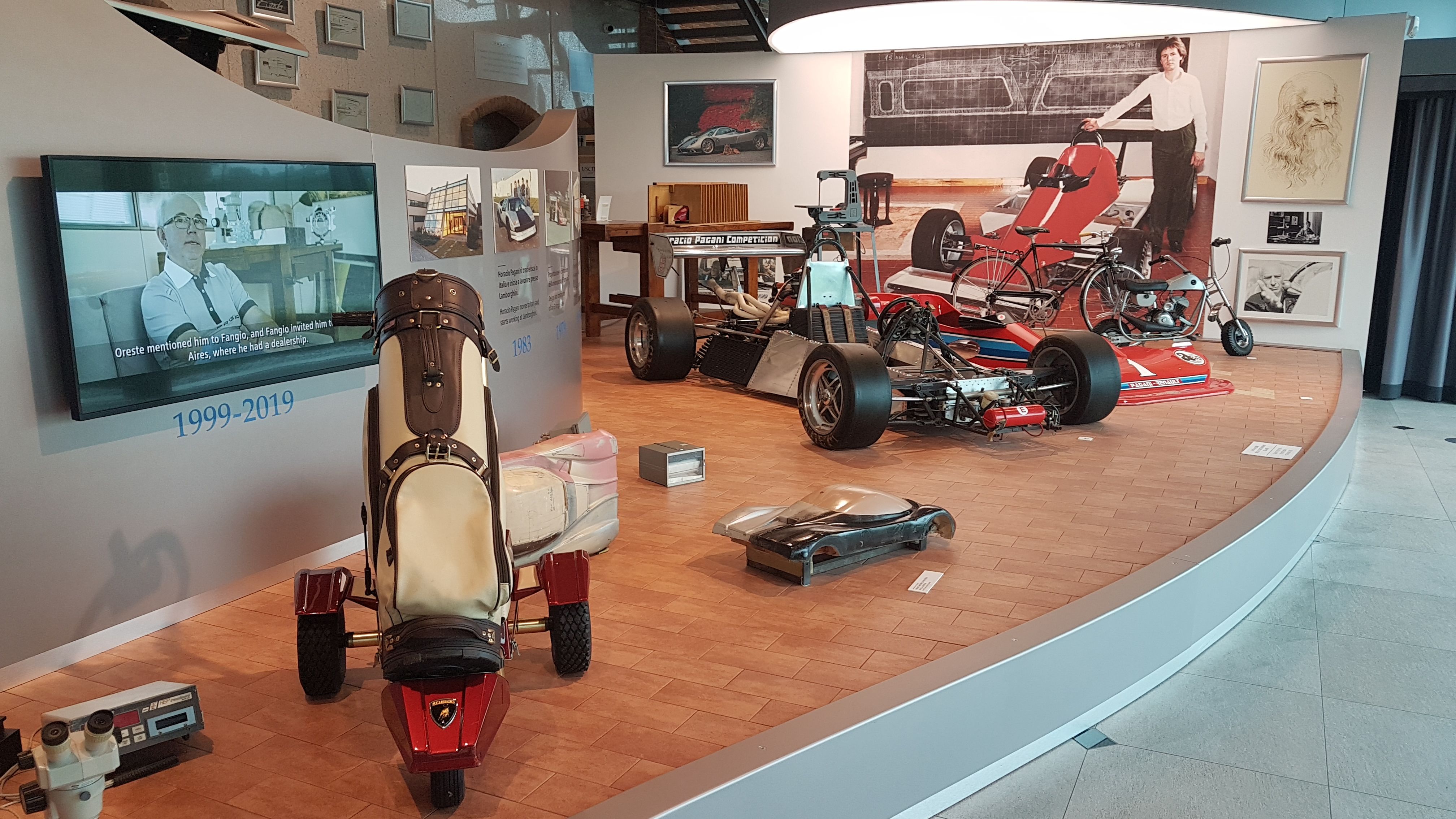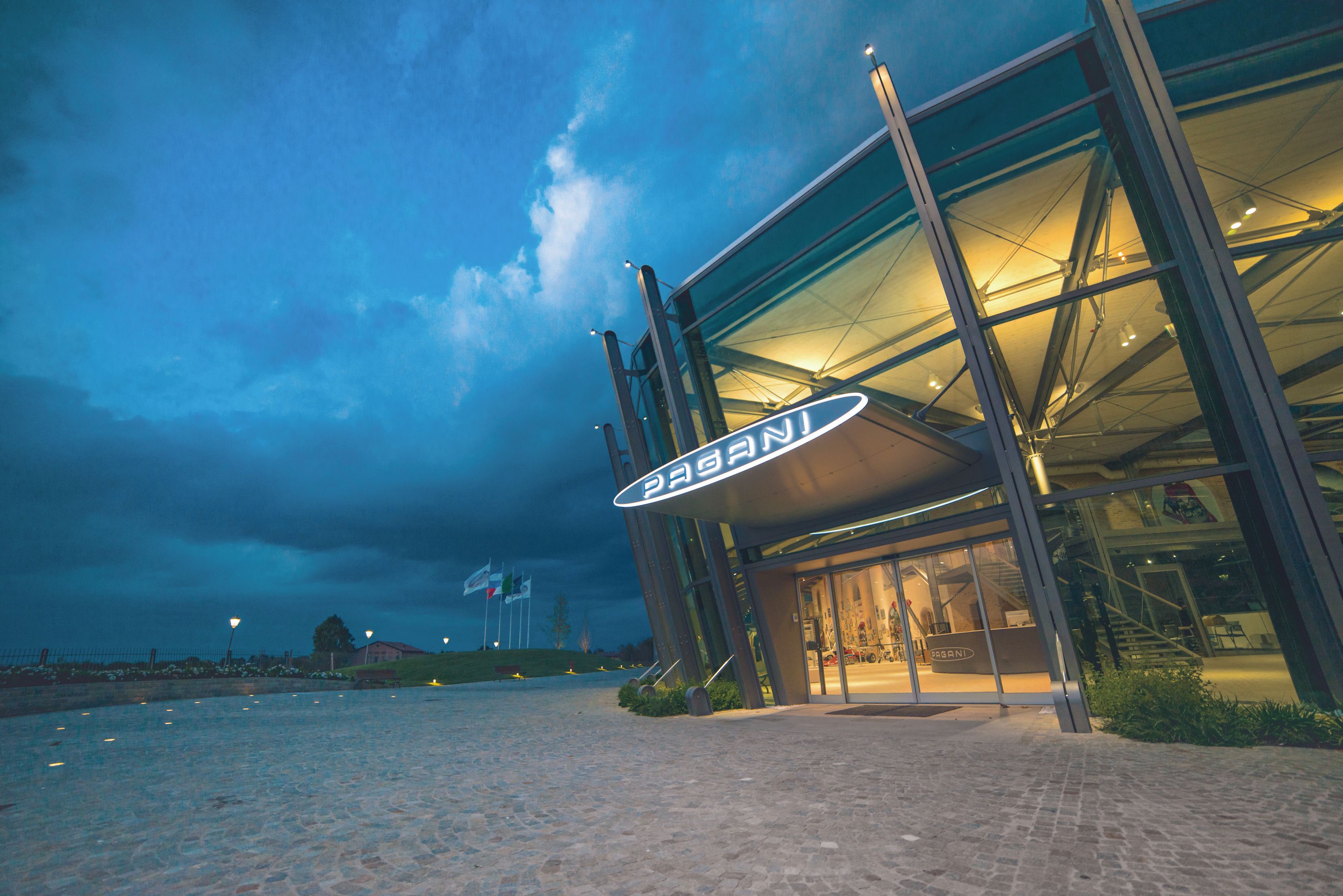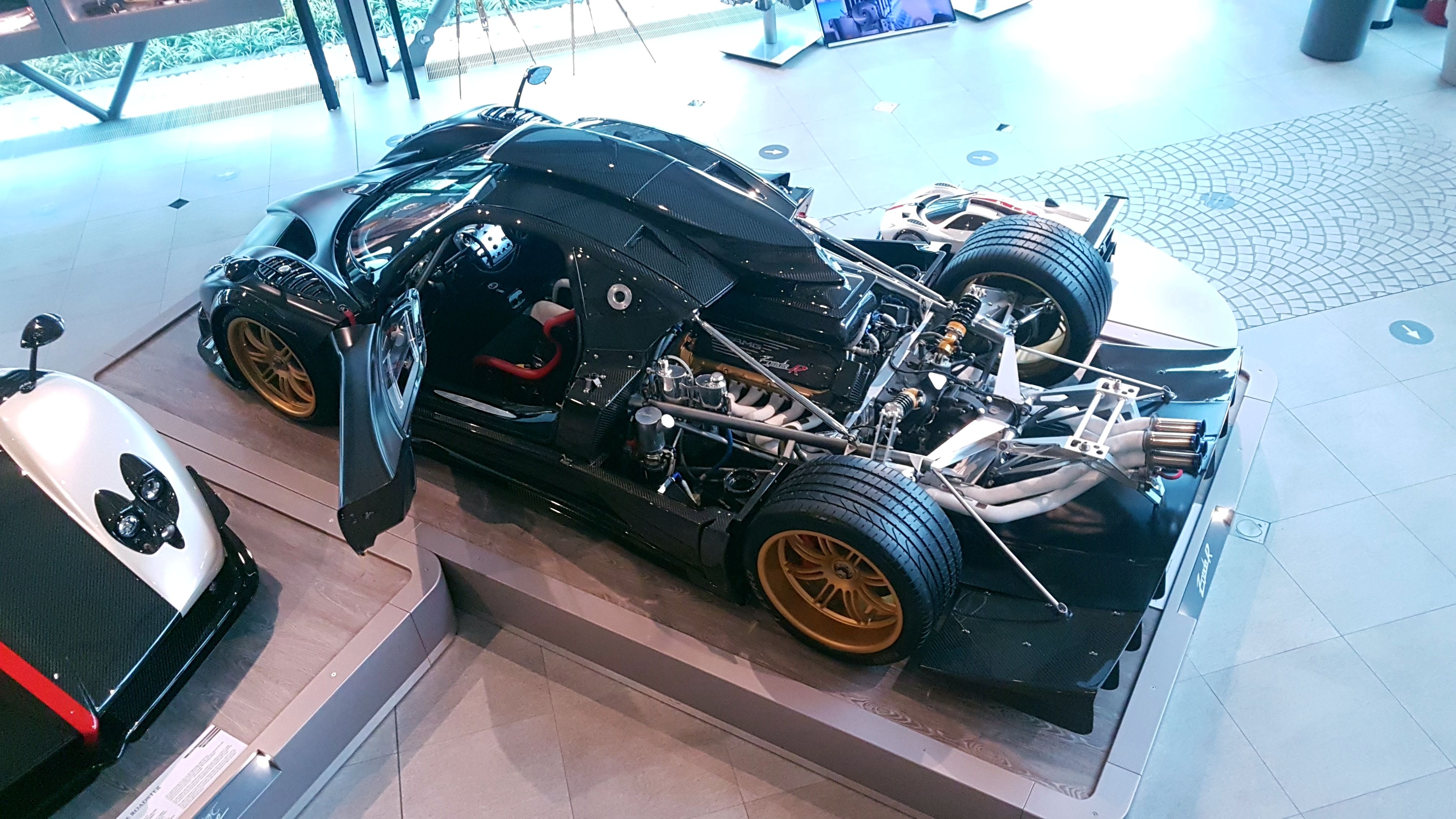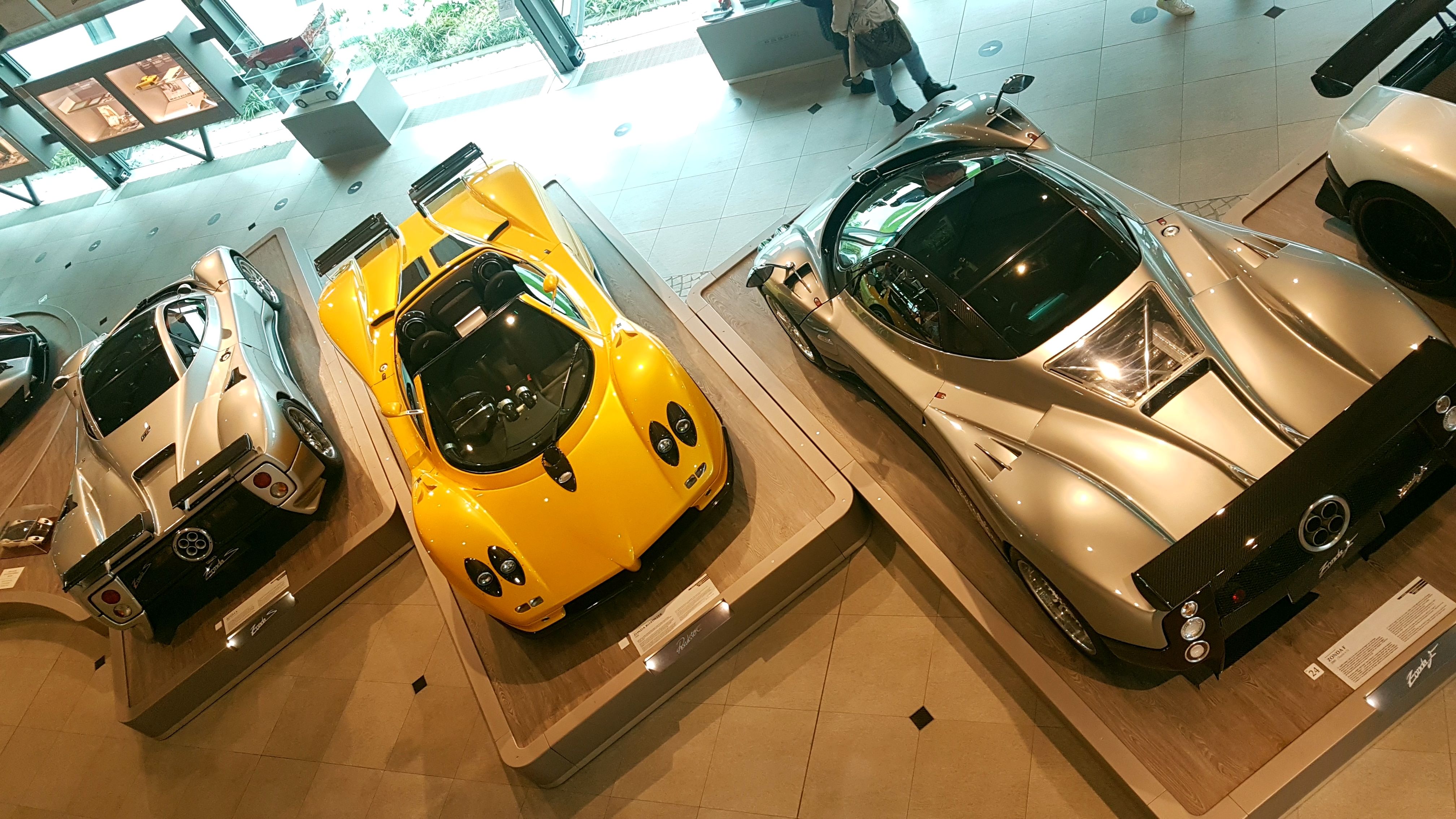Last April, HotCars decided to set up a trip around Motor Valley, the automotive center in Italy and one of the most important automotive hubs in the world. It might well be the most important for supercars because the Lamborghini, Ferrari, Pagani and Maserati factories are all located here, in the Emilia-Romagna province in Northern Italy, just half an hour from each other.
We will cover our visit to the Lamborghini MUDETEC museum, both the Ferrari museum in Maranello and the Enzo Ferrari museum in Modena and the Umberto Panini car collection in future articles.
A Short History Of Pagani
Born in Argentina, Horacio Pagani had a love for cars since he was a child, so much so that he built an F2 racer for the Argentinian Formula 2 when he was 24 years old. He eventually started working for Lamborghini doing basic tasks but ended up as chief engineer, building the Lamborghini Countach Evoluzione, the lightweight, all-wheel-drive supercar capable of 200 mph. He left the company after Lamborghini declined his request to buy an autoclave. Lamborghini didn't see the need for an autoclave, particularly when Ferrari didn't have one. The Argentinian bought one for himself in the end and funded his carbon fiber composites company, and later, Pagani. The rest is history.
The Location Of The Pagani Factory And Museum
The Pagani factory and museum sit outside San Cesario sul Panaro, a small town in the Modena province of Italy. The current building has been in use since 2017 because the company required more space, but the old location is just a few streets away from it in the same industrial park.
The building doubles as a factory and a museum. The reception at the entry leads to the expo hall, where multiple Pagani models and the Renault-powered F2 car that Mr. Pagani built in his youth stay. On the other side of the massive wall splitting the rooms there is the factory which resembles a town square.
The Pagani Museum Is Sports Car Heaven
This is where the visitors can learn more about the history of the brand and its numerous accolades. It begins with the F2 race cars built by Horacio. Also displayed are the engines and scale models of the Zonda before it reached the final stage of design. There are multiple flyers noting record lap times around the Nurburgring Nordschleife or the Top Gear Test Track.
The cars stay on display opposite the engines and models. At the time of this visit, a Zonda R, a Zonda Cinque, "La Nonna" (the Pagani prototype used as a test bed for all Zondas that came afterwards and racked up over 600,000 miles), a Zonda S coupé and a RHD Zonda S Roadster, a Zonda F and a Huayra were all on display. Currently, the Pagani Imola and the Zonda Revo Barchetta replace the Zonda R. The cars get changed from time to time to encourage people to return – it also gives them the opportunity to view more of this incredible collection.
Luckily, some of these supercars might have the hood open exposing the internals, like the Zonda R missing the engine cover completely and the Huayra having the hood lifted. There are a many paintings, sketches, and awards hanging on a massive wall, next to a balcony where visitors can take aerial pictures from.
The Pagani Factory
What happens in the factory, remains in the factory, quite literally. We were not permitted to take pictures inside the factory due to privacy concerns. A visit to the factory part of the headquarters is bookable by paying an extra fee as part of a guided tour covering both sides. As mentioned before, the factory has a similar layout to a typical Italian town square, with classic lamp posts around the place, garages inside buildings made out of bricks with arched openings and even a clock tower to complete the atmosphere. The benches, trees and small shops are missing, though.
The mechanics are working on the cars in the center of the "town square" and most of the manufacturing process is manual. When we visited, three Huayra Rs were being built, someone was working on a dark blue Huayra with a Zonda Revo Barchetta parked on the side, likely waiting for its finishing touches. A full-scale Huayra R was there too.
On the other side of the factory there were a few models likely sent back to the factory for maintenance or repairs – a gray Huayra BC Pacchetto Tempesta, an orange Zonda Cinque and a yellow Zonda Cinque Roadster. The tour covered the history of Pagani, its beginnings, the models, the present day and also the manufacturing process.
What To Consider Before Visiting
There are a few things to keep in mind before visiting. Entry to the museum is $18 and is purchasable at the entrance. There is no need to book, but the guided tour of the museum and factory must be booked (time and date) and costs $55. That entry covers the entry to the museum too. Pictures and filming are fine anywhere except inside the factory, and you are not allowed to touch the exhibits.
To get to the museum, it is a good idea to rent a car and visit the other museums and venues around the area too. "Motor Valley" covers basically the whole province of Emilia-Romagna, so it takes a few days to visit everything, but two to three for the main ones (Museo Horacio Pagani, Museo Ferrari in Maranello, Museo Enzo Ferrari in Modena and MUDETEC, the Lamborghini museum). The Imola circuit, the Ducati museum, the Umberto Panini collection, the Dallara Academy and a few small other sites are in the area too.

